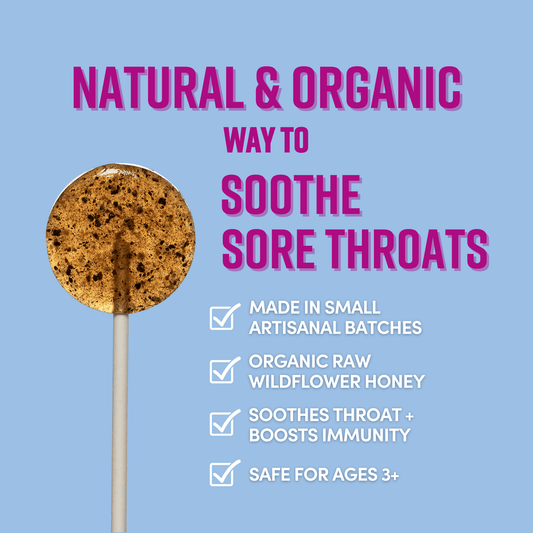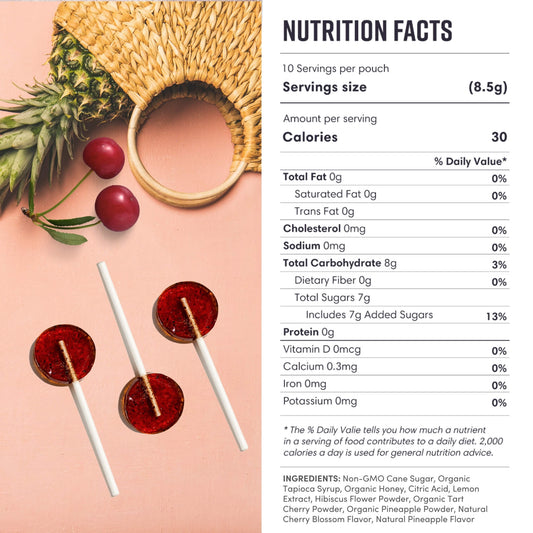It’s just one of those things you never think will happen to you. I mean, for years, I ate everything without a second thought. Then, out of nowhere, it felt like my own body betrayed me over a handful of cashews. It sent me down this whole rabbit hole, wondering if this can really happen at any age. I’ve been doing a lot of reading and talking to people, and I wanted to share what I’ve been figuring out, you know, in case you’re going through something similar.
Understanding Food Allergies
The first thing I had to wrap my head around was what a food allergy actually is. It’s not just a food that doesn’t agree with you or gives you a bit of a stomachache. It's your immune system, the thing that’s supposed to protect you, basically freaking out over something harmless like a protein in milk or eggs. It's a case of mistaken identity, and it’s messy.
What is a Food Allergy?
So, an allergy is your body’s defense system going into full-on attack mode over a food it has wrongly flagged as a threat. And the reaction can be anything from some annoying hives to something terrifying, like your throat closing up. That full-blown, life-threatening reaction is called anaphylaxis, and it's no joke. It's so important to know the difference between a real allergy and an intolerance. An intolerance is more like your digestive system just can't handle a food, which is miserable, for sure, but it’s not your immune system trying to fight a war. I used to think they were the same thing, but they’re not even close. And yeah, it turns out you can be fine your whole life and then one day, you’re not. It’s wild.
Common Food Allergens
This is the list that really got me. I mean, it’s a lineup of some of the most common foods out there.
-
Peanuts
-
Tree nuts
-
Shellfish
-
Fish
-
Eggs
-
Dairy
-
Wheat
-
Soy
Seeing this list made me realize how much you have to be on guard. It's not just about avoiding the obvious stuff. It’s the hidden ingredients, the cross-contamination in a restaurant kitchen… it’s exhausting. You start to feel like you’re interrogating every waiter and reading every single label like it's a legal contract. It adds this layer of anxiety to everything, especially social stuff. You don't want to be that person who makes a big deal about food, but you have to be. It’s a strange new reality to navigate, and honestly, it can feel pretty isolating.
The Science Behind Food Allergies
I’m not a scientist, but I really wanted to understand why this was happening. Just knowing the mechanics of it makes it feel a little less random and scary.
How the Immune System Reacts to Allergens
Okay, so here’s my super non-scientific way of understanding it. Your body makes these little antibody soldiers called Immunoglobulin E or IgE. When you eat a food you’re allergic to for the first time, your body produces these IgE soldiers that are specifically programmed to recognize that food. Then, the next time you eat it, those soldiers sound the alarm, releasing chemicals like histamine. And histamine is what causes all the chaos—the hives, the swelling, the whole mess. The reaction can be different every time, which is also terrifying. One time it might be mild, the next it could be serious. It really depends on so many things.
The Role of Genetics in Food Allergies
Naturally, I started asking my parents, "Are you allergic to anything? What about grandma?" It turns out genetics can play a part. If allergies run in your family, you’re more likely to have them, too. But it's not the whole story. I read about this thing called the "hygiene hypothesis," which I found fascinating. The idea is that we’re all so clean now, our immune systems don't get exposed to as many germs when we're little, so they don’t get trained properly. They get bored and start picking fights with harmless things like food proteins. It’s like, a little dirt might have actually done us some good. It’s all just so complicated, this mix of nature and how we live today.
Developing Food Allergies in Childhood
It really seems like this is way more common in kids now than when I was growing up. It makes you wonder what's changed. As a parent, it adds a whole new level of worry to things.
Symptoms of Food Allergies in Children
For kids, it can look like a bunch of different things, which is what makes it so tricky. This is kind of my mental checklist now:
-
Skin reactions such as eczema or hives
-
Gastrointestinal symptoms, including nausea and diarrhea
-
Respiratory issues, such as wheezing or nasal congestion
-
Anaphylaxis in severe cases, which requires immediate medical attention
The hardest part is that these symptoms can look like so many other things—a cold, a stomach bug, just a random rash. You have to become a bit of a detective, tracking what they ate and when the symptoms showed up. Keeping a little food journal was the only thing that gave our doctor real clues to work with. It feels like you’re looking for a needle in a haystack sometimes.
Managing Childhood Food Allergies
It feels like a lot, but having a game plan makes all the difference. This is the stuff that really matters.
-
Avoidance of known allergens
-
Creating an emergency action plan
-
Educating caregivers, teachers, and peers about the allergy
-
Regular consultations with an allergist
Managing this for a child is a full-time job. It’s teaching them, without scaring them, how to say "no, thank you" to food from friends. It's trusting teachers and other parents to take it seriously. I think the biggest goal is to empower your kid as they get older. You want them to understand their own body and feel confident enough to speak up for themselves, whether it's at a birthday party or in the school cafeteria. It's a heavy lift, but seeing them learn to handle it on their own is everything.
Food Allergies in Adults: A Closer Look
This is the chapter I’m currently living in. It’s one thing to grow up with an allergy, but it's another thing entirely for it to show up out of the blue when you're an adult.
Late-Onset Food Allergies
Yep, this is a real thing. You can eat shrimp your entire life and then, on your 40th birthday, suddenly have a reaction. It’s baffling. I’ve read that it can be triggered by all sorts of things—changes in your immune system as you age, hormonal shifts, maybe even getting sick with something else that just throws your body out of whack. It’s a stark reminder that our bodies are always changing, and you can’t take anything for granted.
The Impact of Adult-Onset Food Allergies
Honestly, the mental and emotional side of it has been the hardest part for me. It’s the stress of it all. You second-guess every meal. You feel like a burden when you go out to eat with friends. "Can you ask the chef if there are tree nuts in the sauce?" It gets old. There's this constant, low-level anxiety that you might make a mistake and get really sick. Finding a support group, even just an online forum, helped me feel less alone in it. Just knowing other people get it makes a huge difference.
Diagnosis and Treatment of Food Allergies
If you think something is wrong, getting answers is the most important first step. Don’t just guess or try to figure it out on your own.
How Food Allergies are Diagnosed
Figuring it out for sure isn't just a single test. It's more like detective work. Here's what my journey looked like:
-
Detailed medical history and symptom assessment
-
Physical examination by a healthcare provider
-
Allergy testing, which may include skin prick tests or blood tests to check IgE levels
-
Food challenge tests, which must be conducted under medical supervision
The doctor asks you a million questions, and you feel like you’re on trial for something you didn’t do. But it's all part of piecing the puzzle together. That food diary I mentioned? It becomes your most important piece of evidence. The whole process takes patience, which is hard when you just want to know what’s going on.
Current Treatment Options for Food Allergies
The tough part is there's no magic pill to make it go away. It’s all about managing it. These are the tools in the toolkit:
-
Avoidance of known allergens
-
Prescriptive medications, such as antihistamines for mild reactions
-
Auto-injectable epinephrine for severe reactions (anaphylaxis)
-
Emerging treatments, such as oral immunotherapy, which aims to desensitize individuals to specific allergens
Learning how to use an EpiPen was terrifying, but knowing it's there is also a huge relief. You have to have a plan. You have to tell the people around you what to do if you have a reaction. It's not about being dramatic; it's about being prepared. It’s a lot to take on, but you find a new normal. You learn to cook differently, to shop differently, to live differently. You just…adapt.
MommaBear Organics lollipops are lovingly handcrafted in small batches with simple, organic ingredients. They're perfect for on-the-go relief, as these delightful wildflower honey suckers gently soothe discomfort and help ease allergies. Enjoy this sweet, effective remedy anytime and anywhere with a smile!
It's a strange thing, having your body turn on a food you've known and loved your whole life. I'm still learning, still figuring out how to navigate it all without letting fear take over. It’s a constant reminder to just listen to what my body is telling me, even when it doesn’t make sense at first. So yeah, I guess that’s where I’m at with it. Just taking it one meal at a time.










